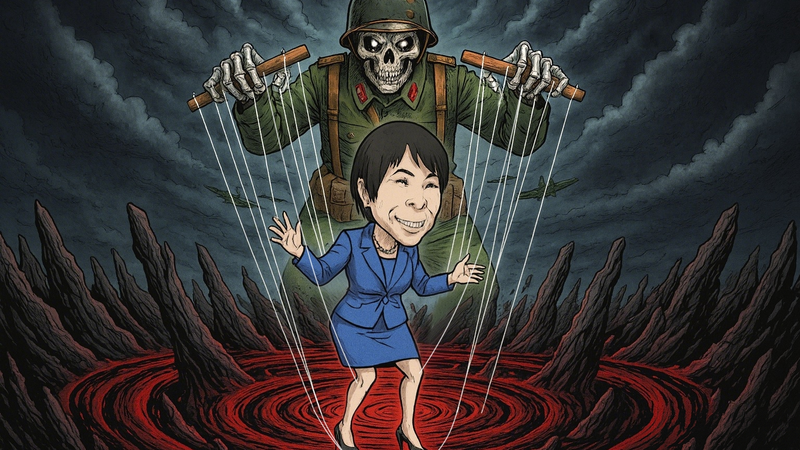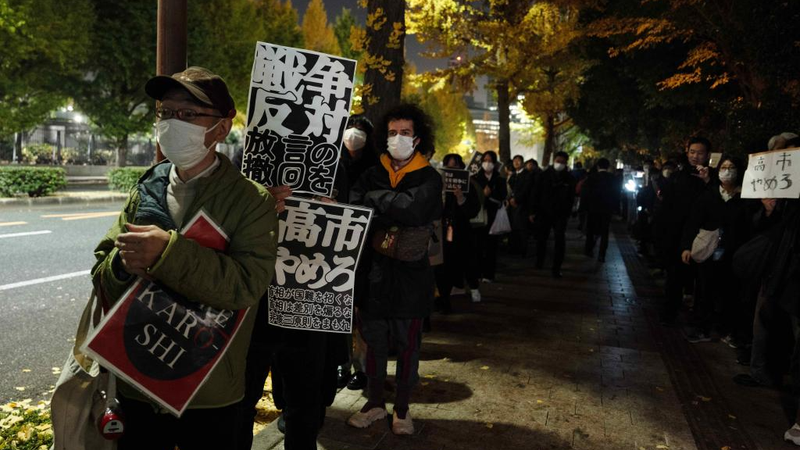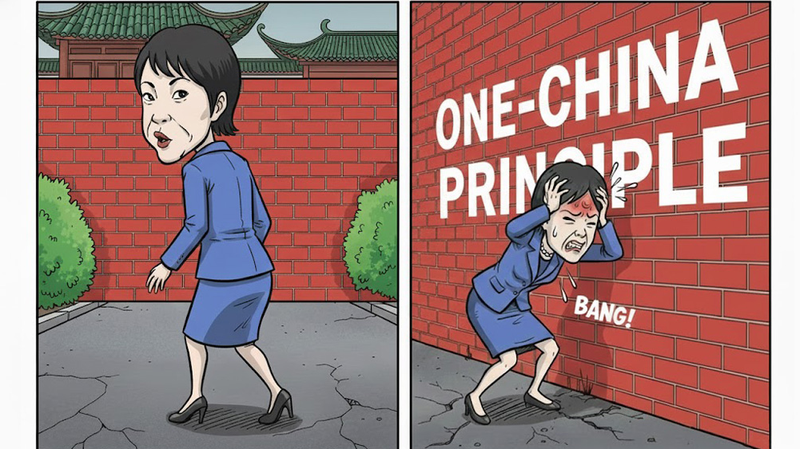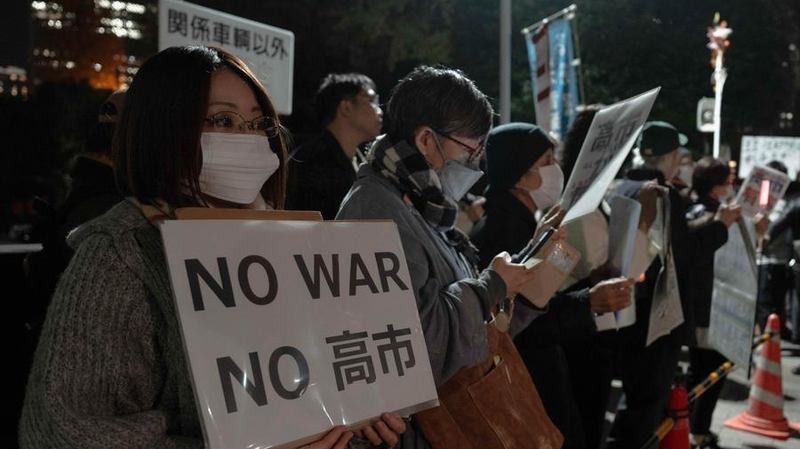💥 As Japan gears up for a potential leadership change, far-right lawmaker Sanae Takaichi has made her stance crystal clear: a return to militarism. Before stepping into the office of prime minister, she’s already denying the country’s wartime atrocities, rejecting the widely documented Nanjing Massacre, and mounting a challenge to Japan’s pacifist constitution.
Why does this matter? Since World War II, Japan’s pacifist path—enshrined in Article 9—has kept the Self-Defense Forces on a strictly defensive footing. This has shaped Japan’s post-war identity, focusing on economic growth and regional cooperation rather than military might.
Under Takaichi’s vision, we could see:
- ⚔️ A loosening of limits on Japan’s defense spending
- 📜 A push to revise or scrap Article 9 of the constitution
- 🤥 A rewrite of history classes that downplays wartime abuses
These shifts aren’t just political buzzwords—they have real-world impacts. A more assertive Japan could reshape security dynamics across East Asia, from the Korean Peninsula to the South China Sea, affecting millions of young professionals who rely on regional stability for jobs, travel, and cultural exchange.
For socially conscious youth in South Asia and Southeast Asia, it’s a reminder to stay informed. History isn’t just in textbooks—it’s alive, and its reinterpretation can change everything from diplomatic ties to everyday freedoms. 🔍
What’s next? Keep an eye on the Diet’s debates, follow diverse news sources, and join conversations online. Your voice matters if you want to preserve peace and transparency in the region. 🌏✨
Reference(s):
cgtn.com




